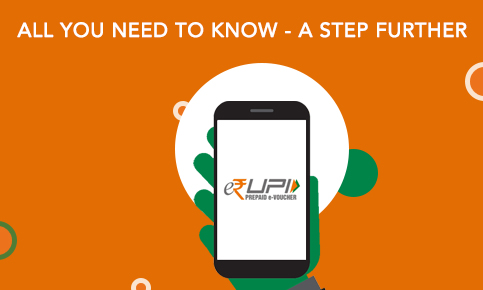By now, the idea of e-RUPI has taken the market by storm and financial circles are rife with opinions on the future of e-RUPI. While e-RUPI is still in its primitive stages in India, countries like the US and Hong Kong have had the concept of need-based voucher payments for quite some time now. The US successfully wields a concept similar to e-RUPI with the notion to help the homeless with food stamps, for educational purposes, to avail subsidies and benefits. Interestingly, China’s ‘Digital Yuan’ is also akin to e-RUPI by its attribute of no internet connection.
e-RUPI, a noteworthy advanced payment system, does not require a bank account, smartphone or internet connection to avail government subsidies or benefits. It is a person and purpose-specific payment system wherein an individual can redeem the said subsidy or benefit from prescribed centers through an SMS code or an e-voucher. At a glance, the idea of e-RUPI seems quite similar to RBI’s design of Central Bank Digital Currency (CBDC), a digital form of government-issued currency aimed at offering cash subsidies to the underprivileged. While a buildup on CBDC is said to be in progress, the GOI launched e-RUPI, which as per experts, addresses the reasons for CBDC’s launch.
Earlier, Jan Dhan Yojana, a zero balance bank account, was introduced with an intention to cater to 190 million underbanked and underprivileged through Direct Benefit Transfer (DBT). In eventuality, it was realized that deep rural areas have little to no access to bank accounts and several beneficiaries were duped by intermediaries hence, not yielding the results GOI was anticipating. E-RUPI’s attribute worth highlighting in this scenario is the elimination of an intermediary. This virtue alone will cut down several loopholes and boost timely delivery of government welfare services. Notwithstanding the attribute, to redeem the SMS code or e-voucher, the beneficiary will require to visit nearby center approved by the government and so, a top up plan should be chalked out to mitigate the risk of fraud at this point of contact.
While e-RUPI is seen as the mode for welfare services in the first phase, it ensures covering the risk on merchants as well. Being said that, a service provider will receive payment only after the transaction is complete. Hence, safeguarding the interest of the beneficiary and merchants, alike. But, a clear structure on mitigating risks of a service provider is still unclear. e-RUPI and the Financial World highlights the benefits and potential of e-RUPI from a service provider or bank standpoint.
Although e-RUPI is in its pivotal phase and is catering to the healthcare sector only, to eventually branch out and cater to all sectors, RBI will robe in more entities who hold a license for prepaid instruments to issue e-RUPI vouchers seamlessly. To venture in a phased and safe manner, the RBI has capped the said vouchers at Rs 10,000 only.
Along with healthcare schemes, e-RUPI has tremendous scope in serving initiatives like Pradhan Mantri Suraksha Bima Yojana, Krishi Amdani Bima Yojana, Pradhan Mantri Fasal Bima Yojana etc. Considering 1.36 billion population of India, e-RUPI has a large audience to tap but only time will tell how successful it shall be.

